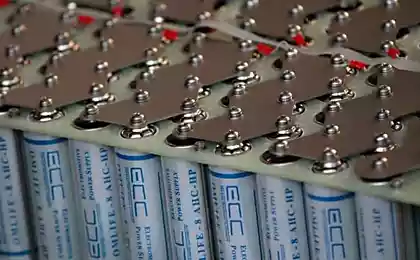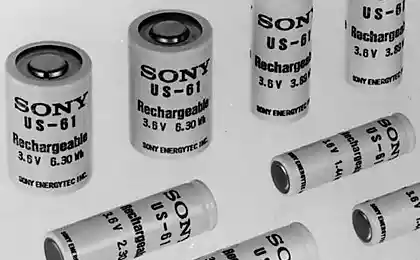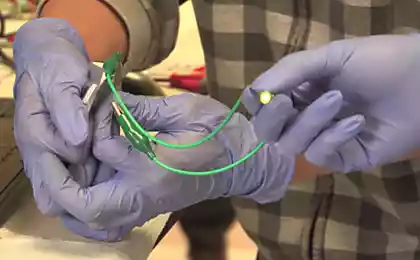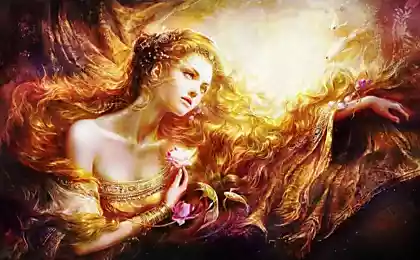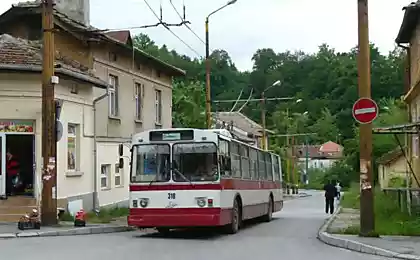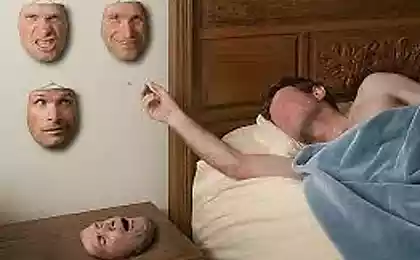163
Organometallic structure will improve the parameters of lithium-sulfur batteries
Durable lithium-ion batteries are the de facto standard for electric vehicles and mobile devices. They have a lot of positive qualities, except for capacity. As a result, smartphones have to recharge after a couple of hours of surfing over Wi-Fi, and an electric car is risky to go on a long journey. However, we have to put up with the best working technology yet.
Safe lithium-sulfur batteries could be a possible alternative, but so far they have their own cockroaches. With a specific capacity greater than four times that of lithium-ion, sulfur batteries are short-lived and unable to withstand as many charging cycles as ion counterparts.
Perhaps the solution to the problem found researchers from the American Northwest Pacific National Laboratory (Pacific Northwest National Laboratory). Their findings were recently published in the journal Nano Letters. To prolong the life of polysulphide lithium-sulphur batteries, scientists have developed a strong nickel-based metal-organic structure for battery cathodes.
Organometallic metal structures (MOS) are called crystal-like compounds from metal clusters connected by organic molecules - linkers. Clusters and linkers together form porous bulk structures. A single branched structure may contain many different elements.
In this case, the researchers chose nickel as the basis of the MOE due to its ability to interact with sulfur. In laboratory tests, lithium-sulphur batteries with cathodes based on organometallic structures retained 89% of their original power after 100 charge and discharge cycles.
Having demonstrated the effectiveness of the MOS cathode, scientists are now working to further refine the material to enhance its ability to retain energy. The team is going to fabricate a larger prototype to test it for a long time to evaluate performance in real-world large-scale applications.
The lab is also working on the application of organometallic structures in energy-saving adsorption refrigerators and developing new catalysts to accelerate chemical reactions.
“MOS is probably best known as a means to capture gases such as carbon dioxide,” said Ji Xiao, one of the authors of the study. This study opens up lithium-sulphur batteries as a new and promising field for nanomaterials.
Facepla.net from Next Big Future
Source: facepla.net
7 most of short stories in the world
The educational system of the Russian Federation entered the top ten in Europe

